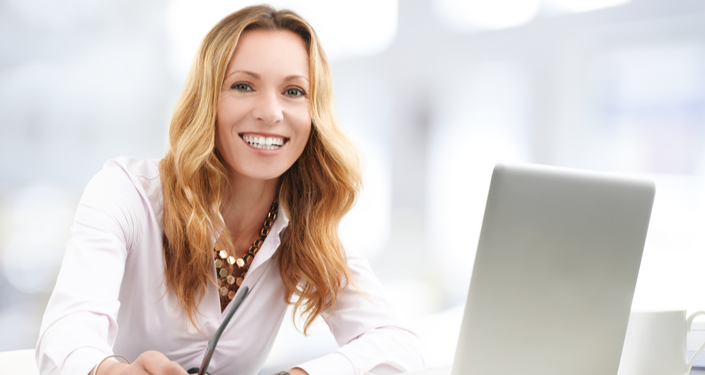By Brad Gillespie
If you are like most of us, you are likely spending significant energy thinking about how to adapt to the effects of a global pandemic. As a marketing leader your annual plan has just been turned upside down, and you are likely spending a significant portion of your day dealing with the fallout. Uncertainty can be paralysing, and during a crisis, teams need leadership more than ever. So, as a leader, what can we be doing to steady the ship and get our teams focused on the future?
Triage
It is critical to get your arms around the situation, and you need a simple process to do that. Our healthcare workers are relying on a triage approach right now for good reason. For our purposes, I have simplified the typical five-level system down to three levels:
Level 1: urgent
Understand the commitments to marketing programs and spend that require decisions NOW. In a crisis, we must quickly determine the go/no-go decisions that need to be made immediately. Ask your direct reports to summarise all the potential Level 1 items that are on their radar and get them documented in one place. Make the decisions that are yours to make and bring the others to the table for discussion. For these, have data to guide the conversation and bring your point of view. For external communications, reach out to your customers with a very basic message of acknowledgment and support – “We’re are all in this together, and together, we’ll get through it.” Again, if you have not done this yet, go do that now. It is never too late to let them know you are here for them. As best you can, pause external communications and paid media that do not convey this basic message. Level 3 items will be easier to identify, so we are going to address those next.
Level 3: not urgent
After the Level 1s are identified, look for things that can be immediately de-prioritised. This should be an easy step. Go with your intuition and trust your instincts. These may include projects slated for later in the year, program spend that will not hit until Q4, items from your idea board, etc. Work with Product to understand the impact on major product releases for the next two quarters to determine what should be pushed out. What should be left are your Level 2 items.
Level 2: important
Give this list an extra level of scrutiny as you may find one or two items to elevate to Level 1. That is all you need to do for now. Go back to your Level 1s and get those plans in motion. Once you are through the immediate crisis of addressing Level 1 items, you will be coming back to this Level 2 list for another round of prioritisation.
Delegate
You have a great team and now is the time to leverage your bench strength. Trust your direct reports to make decisions and move things forward. Empower them. Do not be tempted to hold on to Level 1 action items.
Over-communicate
You have acknowledged the crisis and delivered initial communications to your customers and teams, but the communication job is just beginning. Be as transparent as possible with your teams and with customers. Provide both daily and “as-it-happens” updates. There is no such thing as too much communication in a crisis.
Listen
Active listening is the most important muscle we can use on a good day. During a crisis, it is critical. Listen to what is on the minds of your team. That should be your first question every day. Listen for cues from leadership about changes to come as there will be some that will impact your priorities. Listen to the market to understand how your customers are feeling and what they want to hear from you.
Reassess
- Before you revisit your Level 2 items, take inventory of the changes in landscape and priority. It is likely that your annual plan is now irrelevant, and priorities may have dramatically shifted.
- Short term constraints will mean you cannot pursue a Level 2 if it pulls resources or focus from a Level 1.
- Each day, you will undoubtedly have dozens of new tasks land on your lap that need to be addressed – and assigned an appropriate level. Level 2s are so categorised because they could not be pushed out into the future like a Level 3. Deciding how to address your Level 2s, and how you categorise the new tasks funneling in, will ultimately determine how your team can contribute and have a positive impact beyond dealing with your urgent Level 1s.
Learn more
To know more about how to adapt, evolve, and accelerate your meetings and events program, check out this webinar by Cvent’s SVP & Chief Marketing Officer, Patrick Smith.

Brad Gillespie is the Vice President and Head of the Enterprise Solutions Group (ESG) at Cvent. The ESG works with enterprise customers to modernise event marketing and management operations by supporting initiatives for event strategy, planning, process design, technology evaluation, integrations, and analytics.
Cvent is IML ANZ’s technology partner for all of our major events.


